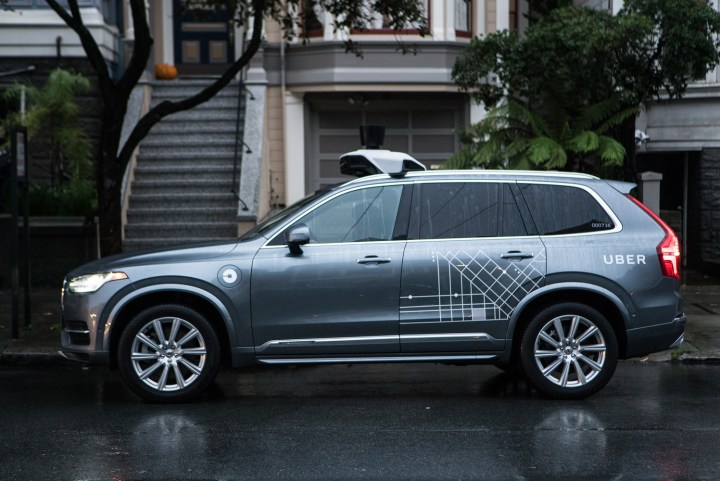
Anyone with a clean driving record can apply to Uber’s safety drivers program, but it isn’t an easy job to land. Upon completing a series of driving tests and an interview, drivers will begin a three-week training program in a simulated city in Pennsylvania. The first week is filled with tests, classes, and supervised training on tests tracks which some of the testers claim is more difficult than driving on the open roads.
“When we simulate real world experiences, we make that the worse-case scenario,” Rick McKahan, who currently serves as a safety driver instructor for Uber, said. “When they get off the test track and get onto the public road, that actually seems easier than the first week of training.”
The closed courses are a bit like more advanced versions of those obstacle courses some driver’s ed courses would use in high school. The doors of parked cars will suddenly open and pedestrian test dummies will walk in front of traffic. These are all meant to ensure that the safety drivers are able to respond in the event of an emergency and ensure that Uber’s self-driving cars are safe.
The final weeks of training take place on closed courses in Pittsburg, Pennsylvania, where instructors will ride alongside trainee safety drivers to make sure there are no accidents.
Self-driving cars use sensors, cameras, and lasers to paint a picture of the world around them and avoid obstacles on the road. The hope is that one-day such cars will be at least as safe, if not safer, than human drivers. For the time being, all of Uber’s self-driving cars will come with a human driver ready to take over in the event of an emergency.

